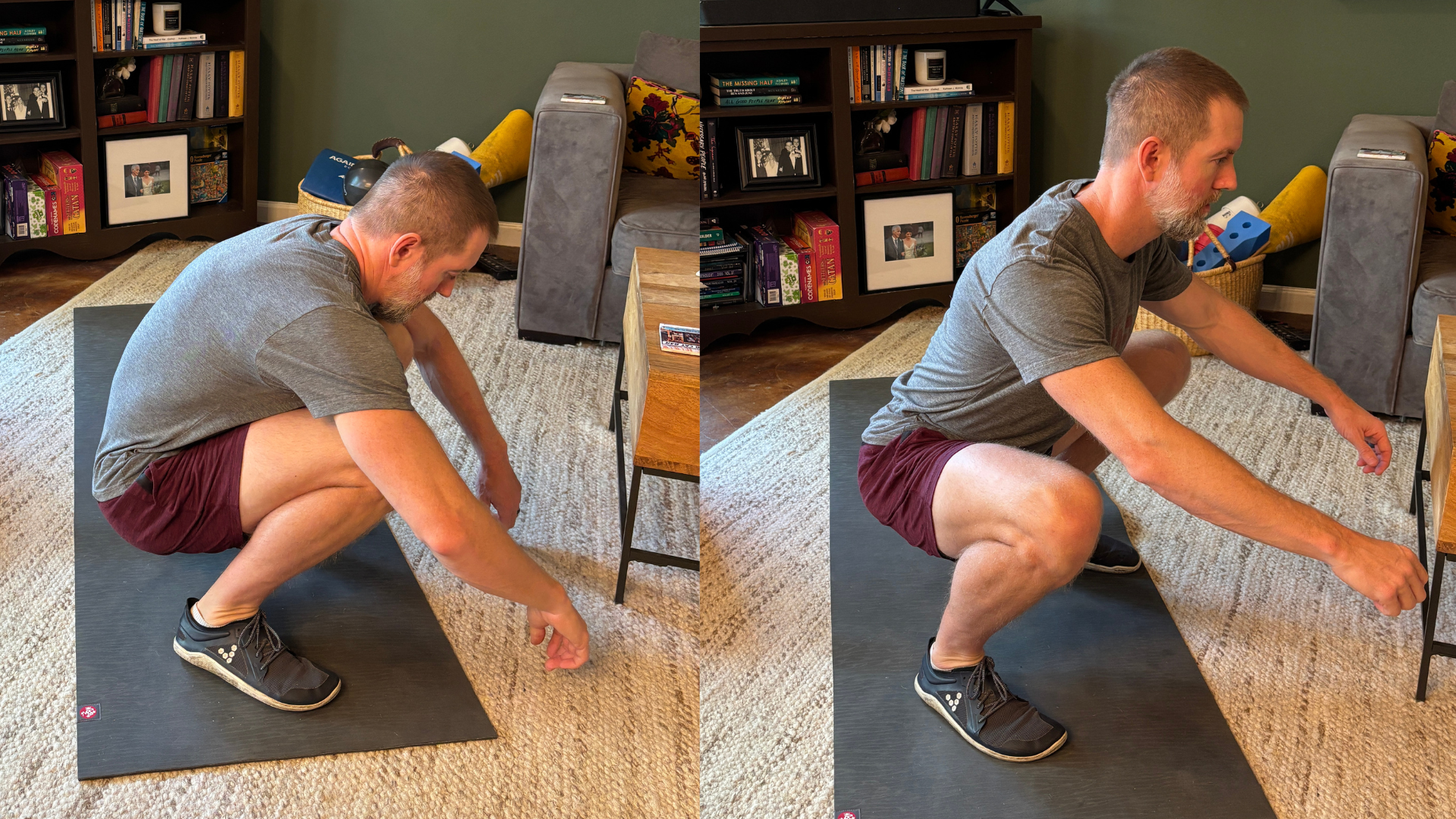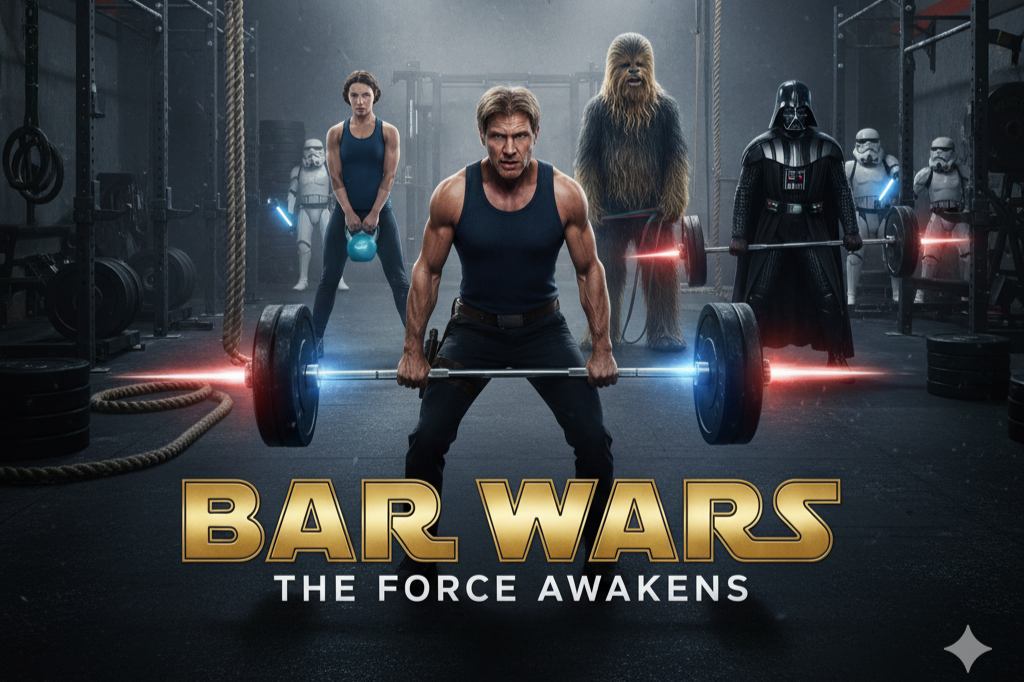Workouts Produce Options for Life
Written By Kyle Ligon - MovementLink Head Coach
Similar to buying options in the stock market, we can think of the time we spend exercising as time spent earning options that we can cash in on during our lives. The amount and types of options we earn through our workouts are a direct result of the amounts and types of exercise stimuli we are exposed to.
I realized that over the years, every change (upgrade) I have made to my workout program was to better build and maintain optionality for the life I wanted to live. When we frame our goals from a perspective of collecting options, certain choices we have along our fitness journey have obvious answers, like should we primarily use functional exercises and free weights or should we be using isolations exercises on machines? Unfortunately, most of the exercising population are missing this point entirely. Let’s dive in…
I just finished reading Nicholas Taleb’s Incerto series - a series of books that discuss philosophical and mathematical concepts around things like randomness, risk, and incentives. For reference, in case you’ve heard of it, the most popular of the books in the series seems to be “The Black Swan - The Impact of the Highly Improbable.”
Taleb is an options trader by profession and one of the many ideas he explores is about how options, similar to those bought and sold in the stock market, exist everywhere in our everyday lives.
Quickly, in case you don’t know, what is an option? In the stock market, an option is bought/sold and presents the holder the right, but not the obligation, to buy or sell a particular asset at a specific price by a specific time in the future. Options traders hope to make profit by paying a small premium up front, a cost that is sunk, for the chance that the asset price changes enough in their desired direction for the option to become “in the money”, so they can cash in on it.
In the stock market, you pay a premium or buy options, but in life you earn options through spending time exercising.
Let’s look at what I mean by real life options by imagining your life over the next 10 years. What are some possible physical things that you may either want to participate in or may have the opportunity to participate in?
Everyday activities
Walking or hiking long distances, possibly with luggage or a backpack.
Carrying Groceries, possibly up and down stairs.
Picking heavy things up off the floor, like children, pets, furniture, coolers, etc.
Getting on and off the floor, up and down from chairs, etc.
Maybe you end up wanting to do an endurance event like run a 5k, a 10k, Half marathon, or marathon.
Maybe you get invited on an epic hike or camping trip.
Maybe you go skiing, or get invited to try wake boarding.
Maybe you play tennis, get into pickleball, or get invited to be in a volleyball league.
Better yet, maybe you get interested in a new hobby that you haven’t even tried yet.
Maybe your kids or grandkids want to play a game with you.
Having the option doesn’t mean you have to do it, it just means that you are the one who gets to decide if you want to do it or not as opposed to your lack of fitness, an injury, or health making the decision for you.
With the right amount and type of workouts, you will have earned the option of saying “Yes” to any of these things that may interest you now, or may interest the future version of you. We don’t really know what future-you is going to be interested in, so a broad and general fitness that targets the most likely things we will become interested in is going to provide us with the most options. Unless we are a professional athlete, we don’t want to put all of our eggs into being just one thing, like a cyclist, as the options we would have by only cycling for our workouts would be extremely limited to mostly cycling-related things.
Personally, I spend 4-6 hours a week exercising and, out of that time, my goal is to produce the highest number of options that may reasonably apply to the life I imagine myself living and the potential opportunities that may arise. Some activities I want to be ready for at a moment’s notice, like a long hike, playing pickleball, or trying something new to me like water skiing. For more involved things that are not on my current interest list, like running a marathon or seriously competing in the sport of CrossFit, I am OK not being fully prepared as long as the foundation of fitness I have gives me a reasonable jumping off point to specialize and prepare if I do decide to prioritize one of those things. For instance, if I all the sudden care about my one rep max barbell snatch (Should You Perform Heavy Barbell Snatches?), I want to have a foundation of functional fitness that transfers well towards anything I may become interested in. I am not prepared for anything, I am prepared for the most probable things that may present themselves in my life while being in a position to get prepared for anything.
My 4-6 hours of exercise each week comes primarily in taking classes at the MovementLink.FIT gym in Austin, TX. These workouts are strategically organized to maximally transfer into optionality in life. I choose to exercise using MovementLink’s holistic approach that prioritizes working out For Intent, Intensity, and Technique (F.I.I.T.), uses functional exercises, and provides adequate exposure to all Non-Negotiable Exercise Stimuli:
Speed/Power/Agility
Muscle/Strength
VO2 Max/Anaerobic Thresholds
Endurance/Stamina
Mobility/Stability
When thinking about what options certain exercise stimuli produce, it’s clear that there are huge opportunity costs for too much or too little emphasis in any one of these areas. If I were to prioritize my one rep max snatch, scores in the sport of CrossFit, follow a single-modality program like Bodybuilding, Powerlifting, Olympic-style Weightlifting, Running, Rowing, Biking, Swimming, Yoga, or just playing a single sport for my exercise, I may be gaining options in those specific areas, but that time has to come from somewhere, so it would ultimately come at the cost of limiting the overall optionality that is relevant to the specific life I imagine myself living.
For me, I get the best optionality by targeting a balance of adequate exposure to all of the Non-Negotiable Exercise Stimuli. I am constantly banking options in the gym and then exercising those options in my real life. Last year I played a bunch of pickleball, went on a variety of hikes, ran a Spartan Race, was on a team for the MS150 (a 150 mile, 2-day bike ride), went for some long rucks, and did all sorts of other active things. My list doesn’t have to look like your list, but along with the aesthetic, tissue & joint health, and overall health & wellness benefits of working out the way I do, I also get a broad spectrum of functional performance life options.
Like I’ve talked about in other articles, I always make sure that my efforts on any specific event or activity is not at the expense of any of the Non-Negotiable Goals or Non-Negotiable Exercise Stimuli. Saying it another way, I do not target anything in a way that would limit my overall optionality for the highest probability things I may want to experience in my life. As I train for the MS150 bike ride, I don’t neglect the other non-negotiable exercise stimuli.
Let’s look at what we’ve defined as our Non-Negotiable Fitness Goals from the lens of optionality:
Functional Performance - build a wealth of options that best fit the life you want to live and any physical thing you may want to participate in.
Aesthetics and Body Composition - with a healthy body fat percentage and feeling swim suit ready, options abound.
Tissue and Joint Health - pain free, a buffer zone from injury, and no restrictions that limit movement options.
Overall Health and Wellness - feel great, less sick days, and extended lifespan and functional healthspan allowing more years to take advantage of a wider range of options.
When your fitness goals come with the perspective of optimizing your real world optionality, it can act as a guide for your training decision-making. This is what has led me to The MovementLink Method. Designed to fit into real life schedules that balance friends, family, career/school, and hobbies, it builds a foundation that allows you to participate in practically anything you want to. We are fit for life.









